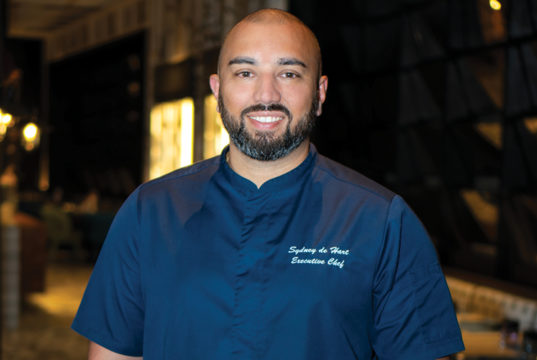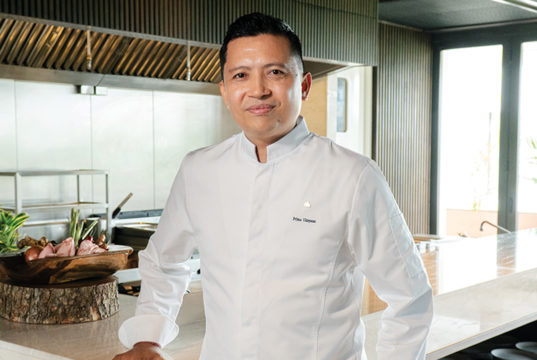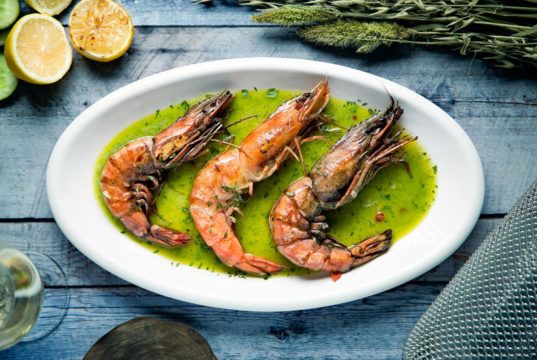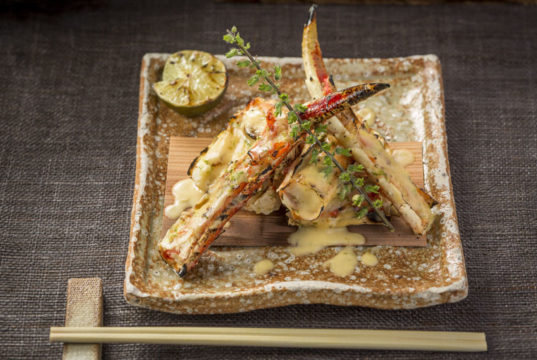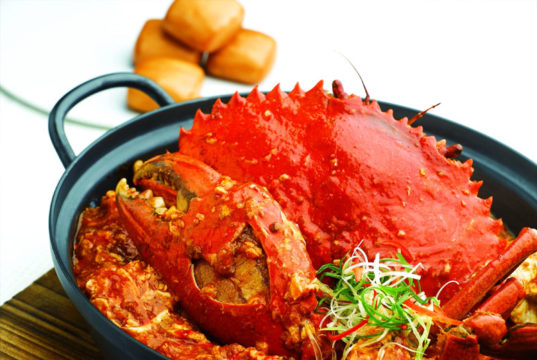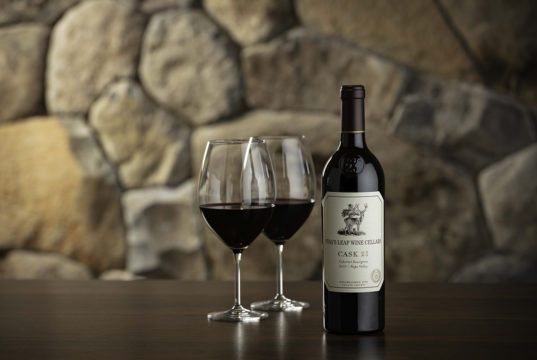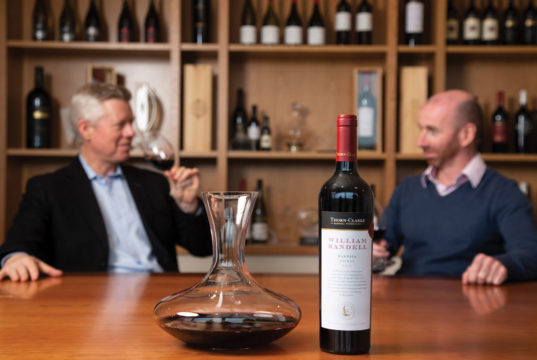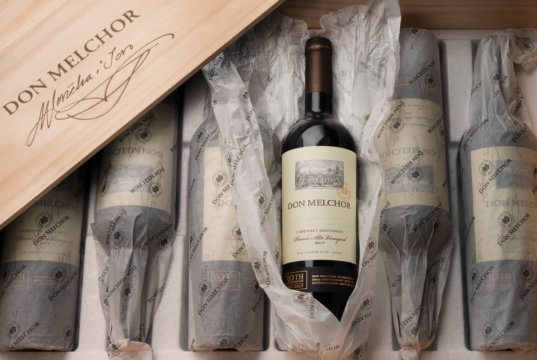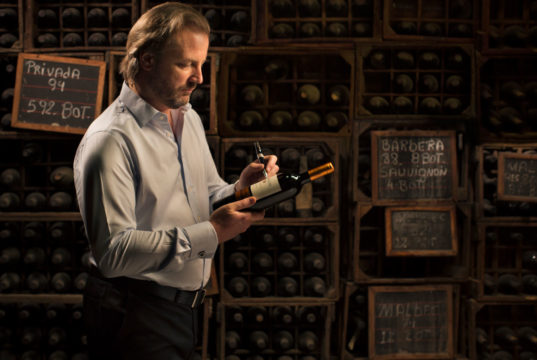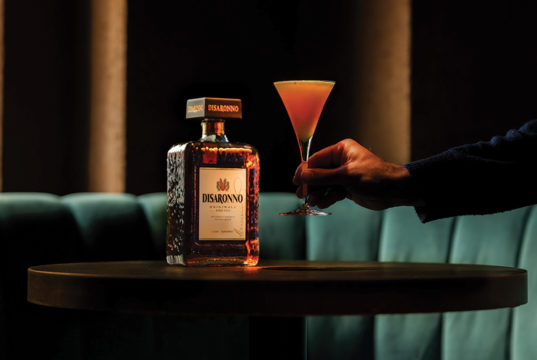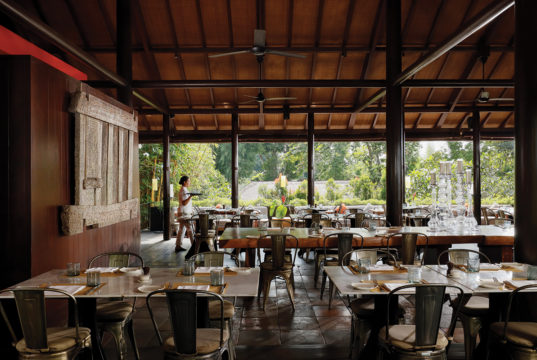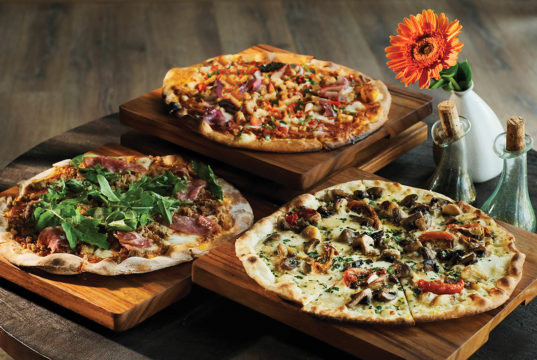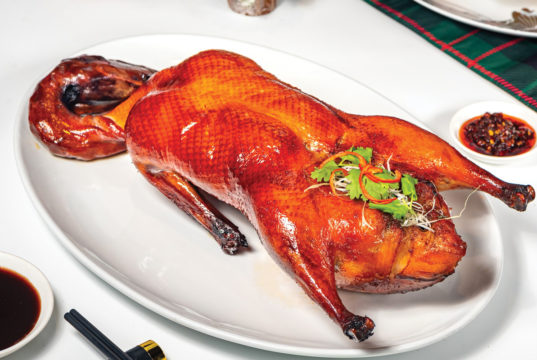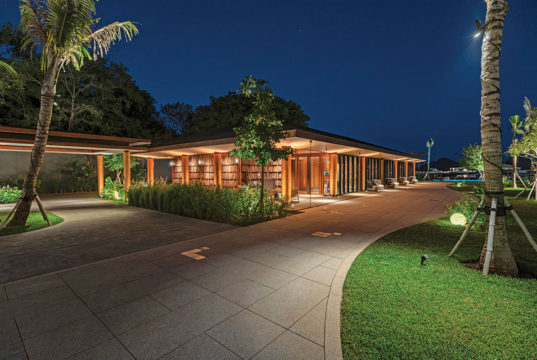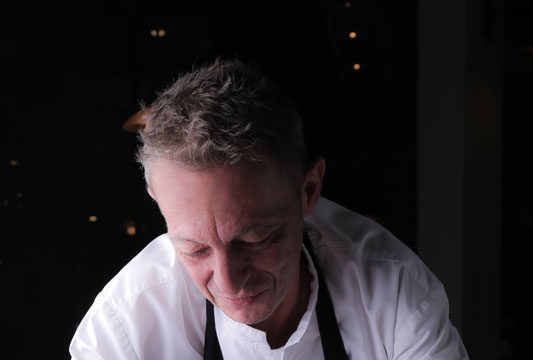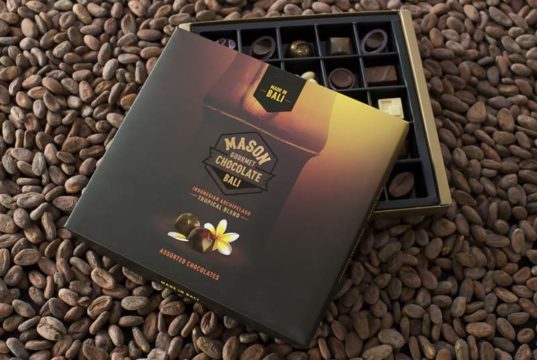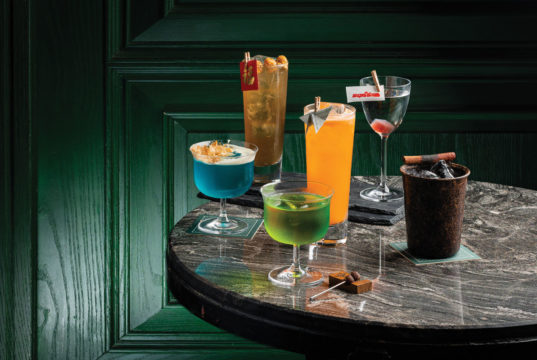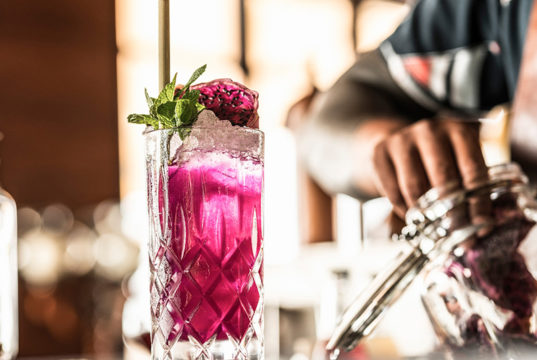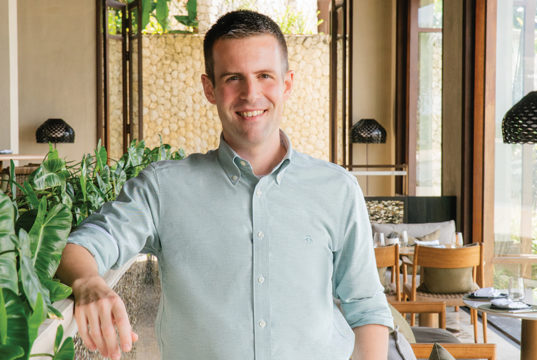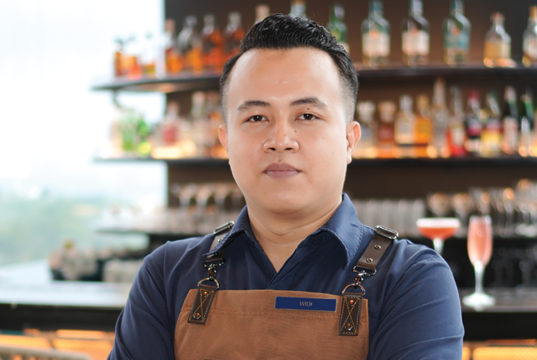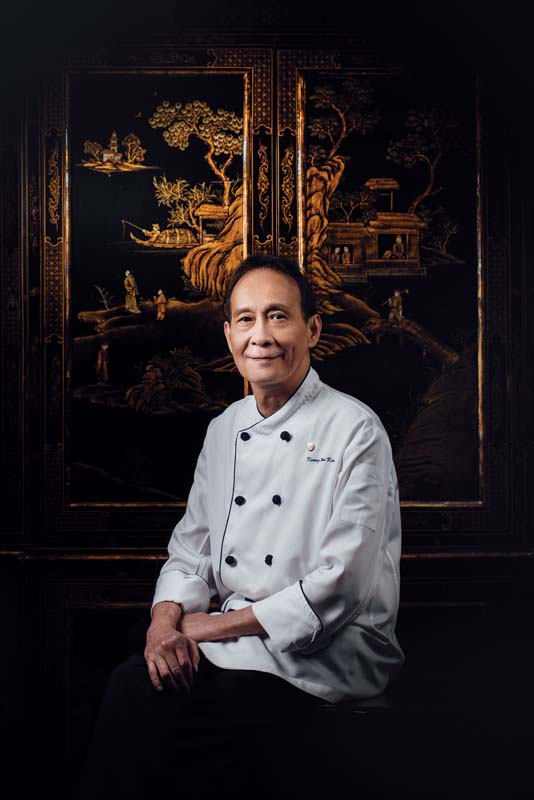 Under the stewardship of Chinese Master Chef Kwong Wai Keung, T’ang Court at The Langham, Hong Kong gained the much coveted three Michelin stars in 2016 and has retained it into 2019, making it just one of five Cantonese restaurants in the world to achieve this prestigious accolade. Exquisite Taste is honoured to catch up with Chef Kwong and gain an insight into the man and his motivation.
Under the stewardship of Chinese Master Chef Kwong Wai Keung, T’ang Court at The Langham, Hong Kong gained the much coveted three Michelin stars in 2016 and has retained it into 2019, making it just one of five Cantonese restaurants in the world to achieve this prestigious accolade. Exquisite Taste is honoured to catch up with Chef Kwong and gain an insight into the man and his motivation.
E: Who or what inspired you to become a chef?
Kwong Wai Keung: I started my career at the age of 13 when Hong Kong wasn’t very developed and became a chef just for the income!
E: When did you realise you had such a special talent?
K: Actually, I don’t think I’m really talented, but I learn quickly and found I could cook dishes after watching them being cooked just once.
E: You joined The Langham in 1988, can you give us a short history of the last 30 years?
K: When I first started at The Langham, Hong Kong, T’ang Court was still building its reputation, eventually becoming one of the top 10 restaurants in the Tsim Tsa Tsui area for Cantonese cuisine within 10 years. As the reputation grew, the restaurant itself expanded. The toughest times were between 1997 and 2003, when the economy was unsettled and not as vibrant as it is today. At that time, most of the Hong Kong restaurants saw revenue drop between 20-50 percent, but comparatively T’ang Court did well. Even at that time, one of Hong Kong’s most famous food critics said it was difficult to book a table. We are lucky that Hong Kong’s diners love T’ang Court so much.
E: The T’ang Court menu is impressive by any standard, but if you had to single out one dish as your favourite, what would it be?
K: Generally, for people who love this restaurant, there isn’t a specific dish, but if I had to name one, it would be the award-winning lobster fried with shallots and spring onions.
E: To you, what are the most important characteristics of Cantonese cuisine and how does that manifest itself at T’ang Court?
K: Unlike many other cuisines, Cantonese cuisine is very much focused on the seasonality of the ingredients. For example, in winter, people are looking for warming dishes that nurture their health; this kind of focus is the main characteristic of Cantonese cuisine and one that we follow here in the restaurant.
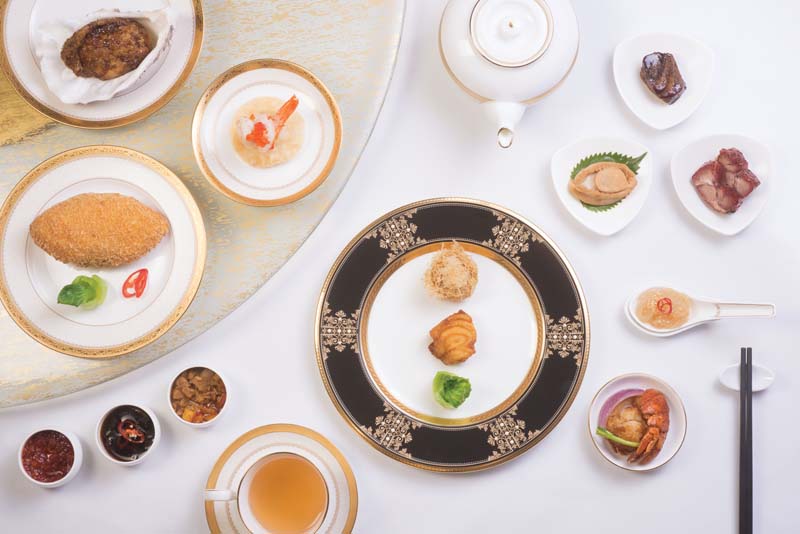
E: On a personal level how important was getting the third Michelin star?
K: To many chefs, having three Michelin stars is a dream come true that they can chase for many years. For me, it’s recognition. I just work to make good food, so I feel very appreciated being awarded three stars.
E: Having achieved what is to many the ultimate culinary accolade, what keeps you and your team motivated?
K: I just love what I do, and really enjoy cultivating the skills and interest of my kitchen team so that they can achieve their own success.
E: Continual innovation is clearly crucial; how challenging is it to maintain such a high level of culinary creativity?
K: To maintain quality, the whole team needs to consistently work on their cooking techniques, which is the most basic foundation for a chef. A strong foundation means that you can foster your creativity, because you better understand the ingredients and what can be done to make them taste great.
E: How do you maintain the team’s focus with the success of T’ang Court?
K: We have a common goal of achieving a three-Michelin star rating every year. This makes the team work in the same direction and strive to be creative. Being recognised in this way gives the team a lot of satisfaction and pride, and this helps to keep us all motivated.
E: What do you think is the key to achieving a Michelin star rating? What advice would you give to young chefs?
K: You have to cook with your heart and practice continually to keep improving your skills. You must cook every day and do the best you can to keep improving so that when the time comes, you will gain recognition. Even as you gain in seniority, you have to cook every day.
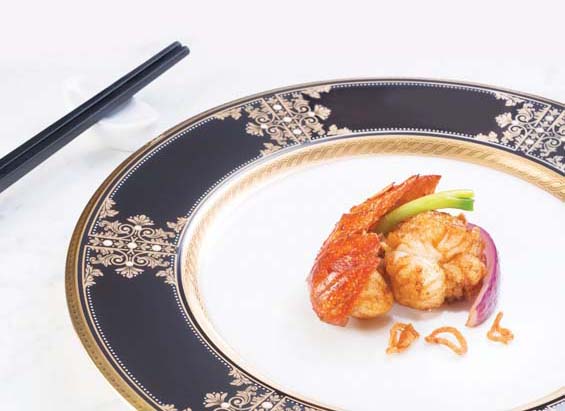
Stir-Fried Fresh Lobster with Spring Onions, Red Onions and Shallots
INGREDIENTS:
- 625g fresh lobster, cut into bite-size pieces
- 113g spring onion, cut into sections
- 113g red onion, cut into sections
- 113g shallots, finely sliced
- 2 cloves garlic, chopped
Sauces
- 2 tbsp soy sauce
- 1 tbsp Hua Diao Chinese wine
Seasoning
- ½ tsp salt
- ½ tsp sugar
- ½ tsp sesame oil
METHOD:
- Wash and dry the lobster, chop the meat and the shell into 5cm pieces.
- Steam the lobster head, tail and claws to decorate the plate.
- Heat oil until boiling and deep fry the shallots until golden yellow. Set aside.
- Stir fry the garlic, spring onions, red onions and lobster in oil and drain.
- Sauté the garlic, spring onions, red onions and lobster with soy sauce and Hua Diao Chinese wine.
- Add seasoning and garnish with the deep-fried shallots. Serve.
Serves two to four
T’ang Court
The Langham, Hong Kong
8 Peking Road, Tsim Sha Tsui
Kowloon, Hong Kong
T: (+852)23751133
E: tlhkg.info@langhamhotels.com
hongkong.langhamhotels.com
Exquisite Taste March – May 2019




